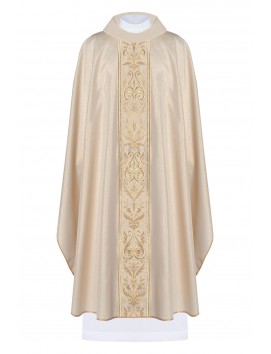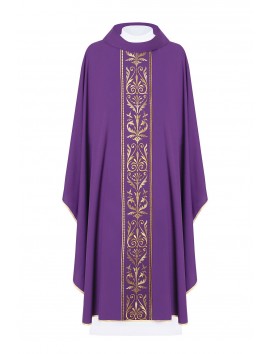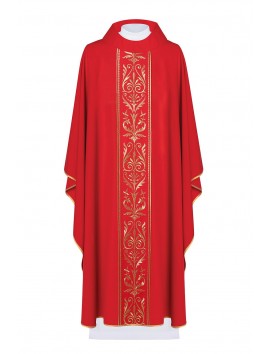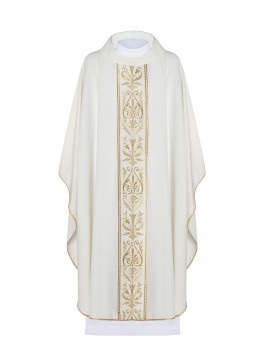Purple robes are worn by different people depending on the context and culture. In general, purple is a color historically associated with royalty, authority, and power, and its use in robes and other clothing reflects these associations.
In many countries, judges and other legal officials wear purple robes as a symbol of their authority and impartiality. In some cases, the specific shade of purple may vary depending on the rank or level of the individual.
In some religious contexts, purple robes may be worn by members of the clergy, such as bishops, cardinals, and certain monastic orders. As mentioned earlier, the color purple symbolizes penance, preparation, and mourning, and is typically worn during liturgical seasons such as Advent and Lent, as well as certain important celebrations and ceremonies.

In other contexts, purple garments may be worn by individuals or groups as a form of cultural or traditional dress, such as in certain indigenous communities or during festivals and ceremonies.
What is the purple thing priests wear?
The purple thing that priests wear is called a "vestment" and is a liturgical garment worn during certain religious services and celebrations. The specific purple garment worn by priests is called a "chasuble. The color purple is used during certain liturgical seasons, such as Advent and Lent, as well as other important celebrations and services, to symbolize penance, preparation, and mourning.
The chasuble is a sleeveless garment, usually made of a rich fabric such as silk or brocade, and decorated with various symbols or designs. It is worn over the alb and stole, which are also liturgical vestments. The chasuble is meant to symbolize the yoke of Christ and the priest's role as God's servant.
Overall, the use of liturgical vestments, including the purple chasuble, is an important part of the Catholic and other Christian traditions and serves to enhance the beauty and solemnity of worship.
Why do clergy wear purple?
Clergy often wear purple as a liturgical color during certain religious seasons and celebrations. The use of purple in this context dates back to ancient times and has a symbolic meaning.
In the Catholic and other Christian traditions, purple is used during the seasons of Advent and Lent, as well as for other important celebrations and services. During these times, purple is used to symbolize penance, preparation, and mourning.
The use of purple during Advent, the season leading up to Christmas, represents a time of spiritual preparation and waiting. It is also a time of penance and reflection as Christians prepare to celebrate the birth of Jesus. The use of purple during Lent, the season leading up to Easter, represents a time of repentance and sorrow for sin as Christians reflect on the sacrifice of Jesus on the cross.
The symbolism of purple as the color of royalty and power is also reflected in the use of purple vestments by the clergy.
What do purple pastor robes mean?
Purple vestments are a type of liturgical vestment worn by pastors during certain religious seasons and celebrations. In the Catholic and many other Christian traditions, purple is a liturgical color used during the seasons of Advent and Lent, as well as other important celebrations and services.
During these times, the color purple is used to symbolize penance, preparation, and mourning. The use of purple vestments during these seasons is intended to reflect the solemnity and significance of these religious observances.
The purple vestments are typically a type of chasuble, which is a sleeveless outer garment worn over the alb and stole, which are also liturgical vestments. The chasuble is often made of a rich fabric, such as silk or brocade, and is decorated with various symbols or designs.
Overall, the use of purple vestments is an important part of the Catholic and other Christian traditions, serving to enhance the beauty and solemnity of worship while reminding the faithful of the spiritual.
Why do preachers wear purple?
Preachers may wear purple as a liturgical color during certain religious seasons and celebrations. The use of purple in this context dates back to ancient times and has a symbolic meaning.
In the Catholic and other Christian traditions, purple is used during the seasons of Advent and Lent, as well as for other important celebrations and services. During these times, purple is used to symbolize penance, preparation, and mourning.
The use of purple by preachers during these seasons is intended to reflect the solemnity and significance of these religious observances. It is a way for preachers to visually communicate the message of the liturgy to their congregations.
The use of purple as a color of royalty and power is also reflected in the use of purple vestments by the clergy. It is a reminder that they are servants of God and have been called to a special role in the Church.




















